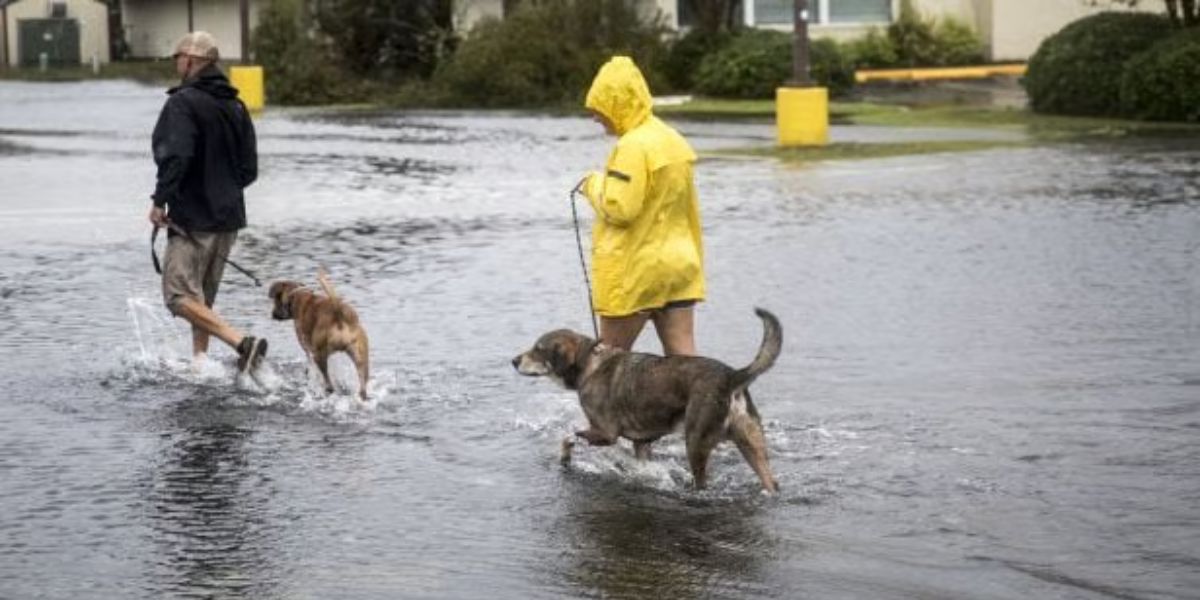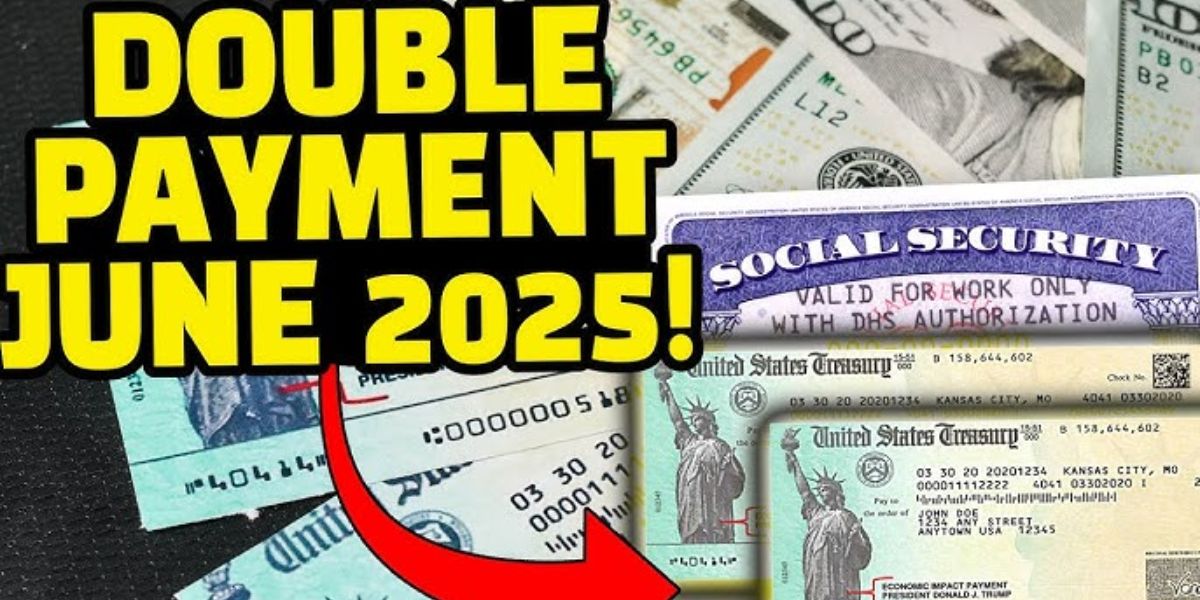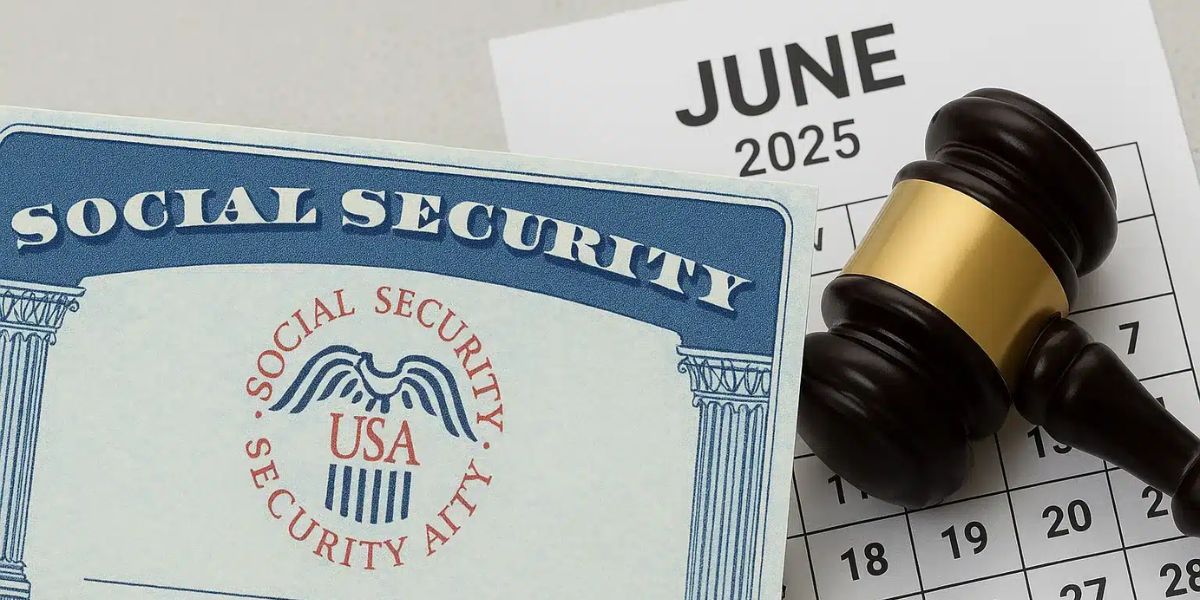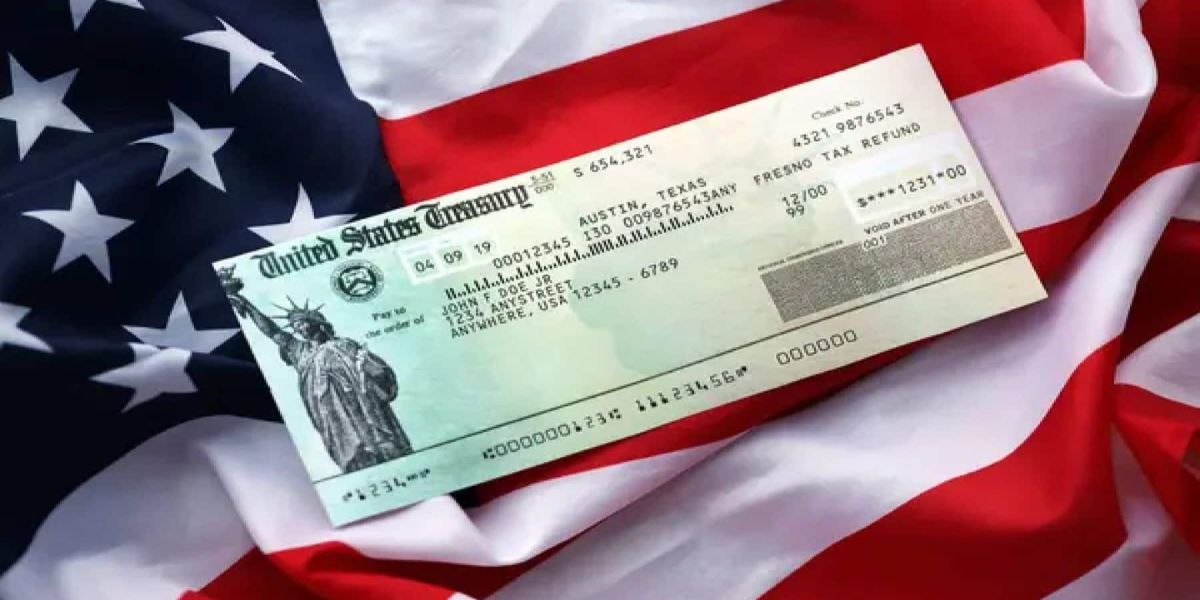As hurricane season looms, Louisiana pet owners face a critical responsibility — protecting their animals before the next major storm strikes. With severe weather becoming more frequent, taking early action can mean the difference between safety and heartbreak. If you live in Louisiana and have pets, here’s what you need to do now to be ready.
Create an Emergency Pet Kit Now
Don’t wait for the storm to form. Prepare a pet emergency kit today so you can evacuate or shelter-in-place without scrambling for supplies. According to the Louisiana SPCA, your kit should include:
- A 3–5 day supply of food and bottled water
- Medications and copies of veterinary records
- Pet carrier or crate, labeled with your contact info
- Waste bags, litter box, and cleaning supplies
- Recent photo of your pet (in case of separation)
- Leashes, collars with ID tags, and an extra set of each
Experts recommend storing these items in a waterproof bin that’s easy to grab at a moment’s notice. Don’t forget comfort items like blankets or toys to reduce your pet’s stress during evacuation.
Know Your Pet-Friendly Shelter Options
Many public shelters do not accept pets, so it’s vital to plan in advance where you’ll go in an emergency. Some Louisiana parishes offer pet-friendly evacuation shelters, but space is limited and pre-registration may be required.
The Louisiana Department of Agriculture and Forestry (LDAF) operates the Pet Evacuation Shelter at the LSU AgCenter in Baton Rouge during declared emergencies. You must evacuate with your pet and provide proof of rabies vaccination and ownership.
Local hotels and motels that allow pets are another option. Use tools like BringFido or PetsWelcome to find pet-friendly accommodations along your evacuation route.
Microchip and Tag Your Pets Immediately
Storms can separate pets from their owners — and without proper ID, many animals never make it back home. That’s why microchipping is one of the most effective ways to ensure reunion after a disaster.
If your pet isn’t already microchipped, get it done through your vet or local animal shelter. And make sure your contact information is up to date with the microchip registry.
Equally important: ensure your pet’s collar has a legible ID tag with your phone number. Temporary tags with evacuation contact info are also a smart backup.
Make a Pet Evacuation Plan That Matches Your Family’s
Include your pets in your overall family evacuation plan. If you have multiple animals, assign a family member to each one. Practice loading pets into carriers and driving your planned evacuation route so they become familiar with the process.
The Federal Emergency Management Agency (FEMA) advises that you never leave pets behind during an evacuation. Even if you think you’ll be gone for just a few hours, conditions can rapidly worsen and block your return.
If you must leave pets in your home for any reason (not recommended), leave out food and water for several days, and post a rescue alert sticker on your door indicating how many animals are inside.
Conclusion
Preparing now ensures your pets stay safe when the next storm hits Louisiana. Build a kit, have a plan, and make sure your pets are identified and protected. Hurricanes can strike fast — but with the right steps, you can face them with peace of mind.
Stay safe, and follow us for more updates on pet safety and storm preparedness across Louisiana.
This article was written by John Deluca. AI was used lightly for grammar and formatting, but the ideas, words, and edits are all mine.












